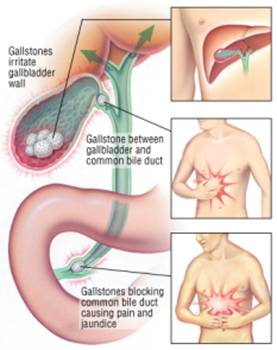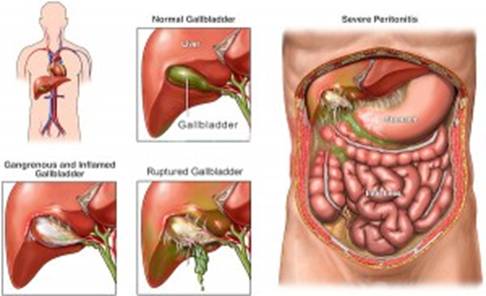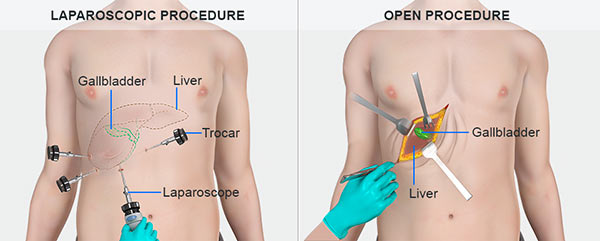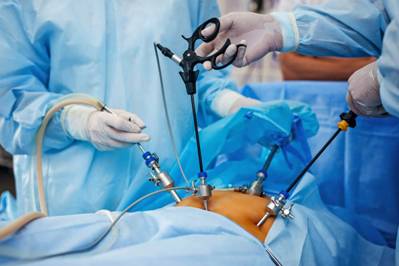Welcome to Piles and Hernia Center
Get back to doing what you love. We have more experience, more treatment options and better results for your Piles and hernia care. Call 04 379 8747 to set up an appointment today!

Get back to doing what you love. We have more experience, more treatment options and better results for your Piles and hernia care. Call 04 379 8747 to set up an appointment today!
Gallstones are hardened deposits of bile fluid that can form in your gallbladder. The bile is produced by the liver and it travels through small tubes in the liver to reach the gallbladder where it is stored until required for digestion. The Gallbladder acts only as a storage organ and does not produce any substances, unlike the liver.
Your gallbladder is a small, pear-shaped organ on the right side of your abdomen, just beneath your liver. It is connected to the intestines by a tube called common bile duct.
Gallstones range in size from as small as a grain of sand to as large as a golf ball. Some people develop just one gallstone, while others develop many gallstones at the same time. The symptoms can develop irrespective of the size or number of gallstones. People who experience symptoms from their gallstones require gallbladder removal surgery, which is the gold standard treatment for gallstone disease.


It's not clear what causes gallstones to form. Doctors think gallstones may result when:
Types of gallstones that can form in the gallbladder include:

If a gallstone lodges in a duct and causes a blockage, the resulting signs and symptoms may include:
Gallstone pain may last several minutes to a few hours. Repeated attacks main gain in severity and may necessitate an emergency surgery. Also a severe first attack not responding to medical management would necessitate an emergency surgery.
Complications of gallstones may include:

See if you can find a clear pic of above
Factors that may increase your risk of gallstones include:

The symptomatic stones and diseased gallbladder should be removed by a surgical procedure. This can be done by conventional (open) method or a well-established endoscopic (laparoscopic) method which is now the 'Gold Standard'. The surgery is called "Laparoscopic Cholecystectomy" (Lap. Chole). The surgeon makes few tiny punctures in the abdomen and inserts surgical instruments and a miniature telescope with amounted video camera into the abdomen. The camera sends a magnified image from inside the body to a video monitor, giving the surgeon a close-up view of the organs and tissues. While watching the monitor, the surgeon uses the instruments to carefully separate the gallbladder from the liver, ducts and vessels. The gallbladder is then removed through one of the small incisions. Recovery usually occurs within few hours in most of the cases in the hospital. Patient is allowed to ambulate 2-3 hours after the surgery and is usually discharged the same day or after overnight stay in some patients.
If the surgeon finds any difficulty in the laparoscopic procedure, the operating team may decide to switch over to open surgery. It is called open surgery because the surgeon has to make a 5 to 8 inch incision in the abdomen to remove the gallbladder. Open surgery has faded into the background with the laparoscopic technique providing significant advantages and ease for the patient.

How does removing Gall Bladder affect my future life?
Gall bladder is a storage organ and removing it doesn’t affect quality of life in any way. There is no long term restrictions on diet or activity after surgery. The bile produced in the liver finds its way through the common bile duct into the intestine where it helps in digestion of food.
Patient goes back on a normal diet from the next day after surgery. They also return back to normal routine activity from second day of surgery. Driving can be resumed after 3-4 days once pain has settled down.